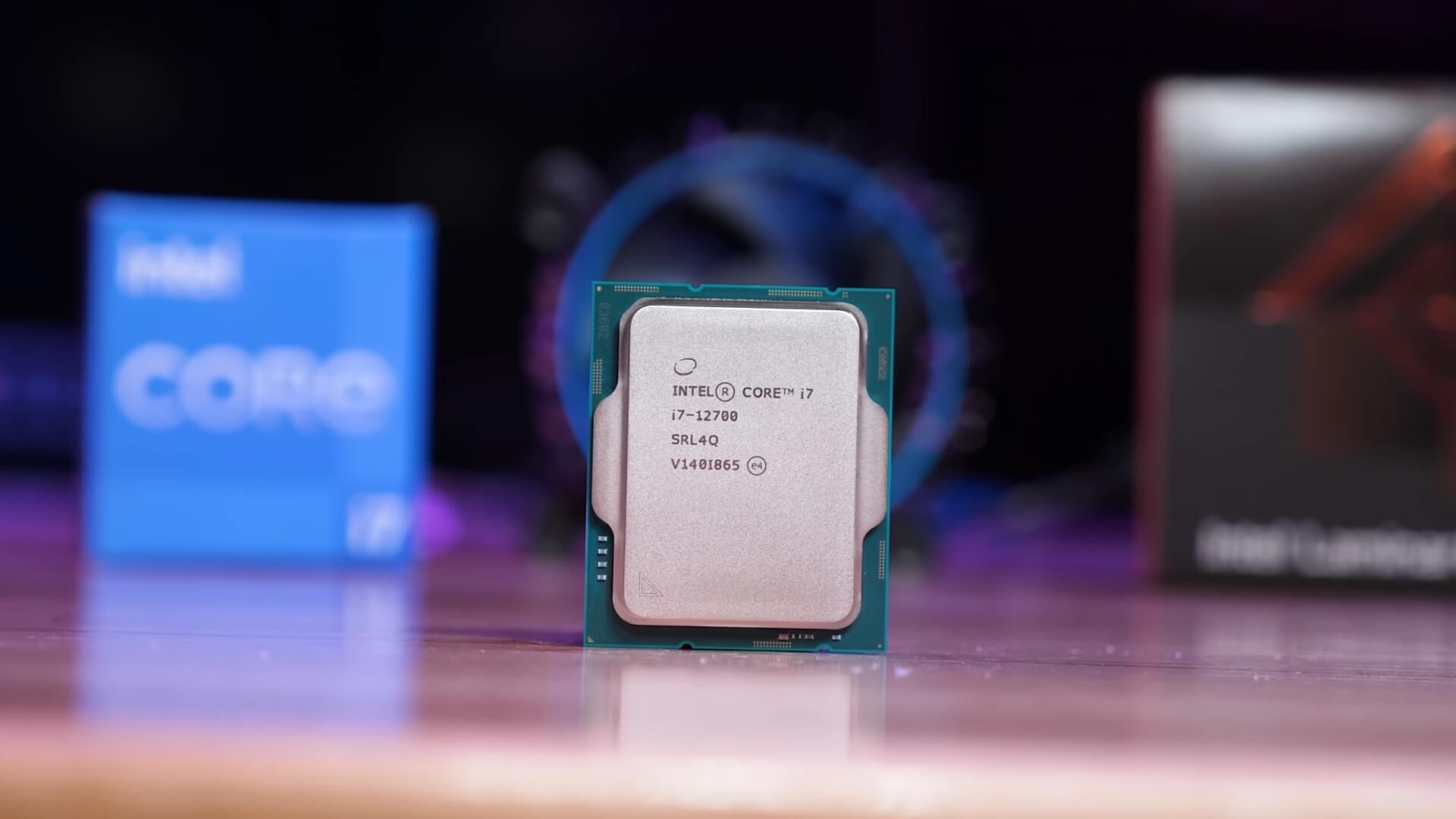TerryLaze
Titan
Sure dude, don't let facts get in your way.Again, you're confusing or conflating Zen 2 and Zen 4. Also, more whataboutism.
When ZEN 4 is forced to run at low clocks, due to power limits (or cooling restrains) ,it loses efficiency because any clock below 2.3Ghz still needs the same amount of voltage, we all know how undervolting can dramatically decrease power draw/cooling requirements.
Enter zen c , just like the e-cores they are worse at normal clock levels but better at very low power.
https://zhuanlan.zhihu.com/p/653961282
Looking at the VID tables of the two different Zen 4 cores, we can see that in most cases the voltage of the dense core is higher. The Classic core reaches Vmin at around 2.3GHz, while the Dense core does not reach Vmin until below 1.5GHz. The two V/F curves overlap around 1.5 GHz.
Specific to power consumption, it can be seen that the dense core has certain advantages in energy efficiency below 2GHz, and above 2GHz, the classic core is better. However, in the context of high basic power consumption of the package, this advantage is not obvious. Comparing with the voltage VID table, we can see that in the frequency range of 1.5-2GHz, the dense core can achieve better power consumption performance even when the voltage is slightly higher, indicating that the classic core has a larger current under the same voltage and load. , to some extent, it reflects the price Zen4 classic pays to hit the high frequency >5GHz.

7950x | 7900x | 7700x | 7600x all are below the 13900k at 45W.As for the ComputeBase data, I've said all I have to say about that. I think this plot speaks volumes:
With the 7950x , that I chose to compare with, being closest to the 13900k ...
Whataboutwhatism?!









